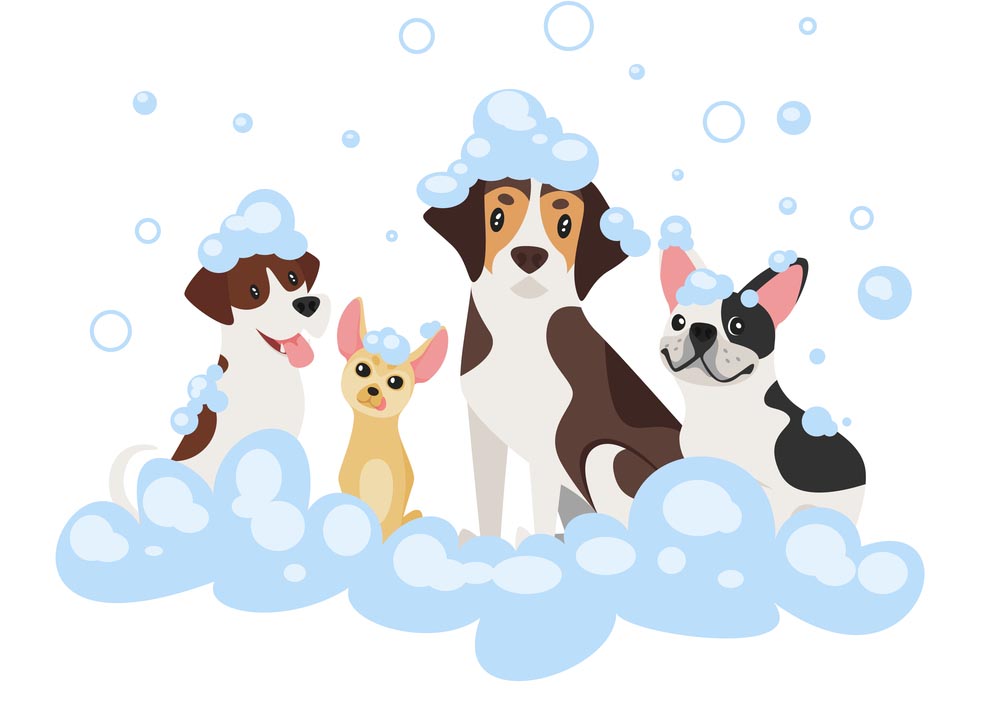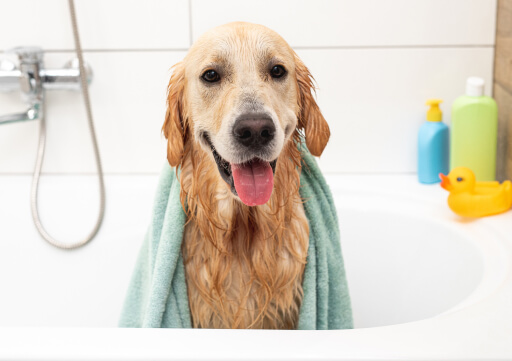
FREQUENTLY ASKED QUESTIONS FOR DOG BATHS & BATHING YOUR PUP
Whether you’re a seasoned pet parent or a new dog owner, maintaining your furry friend’s hygiene with a dog bath is essential for their health and happiness. In this guide, we’ve compiled a wealth of information to address all your questions and concerns about bathing your canine companion. From the basics of how often to bathe your dog to tips for making bath time a stress-free experience, we’ve got you covered. Dive in to discover expert advice, practical tips, and valuable insights to ensure your dog’s bathing routine is a breeze.






